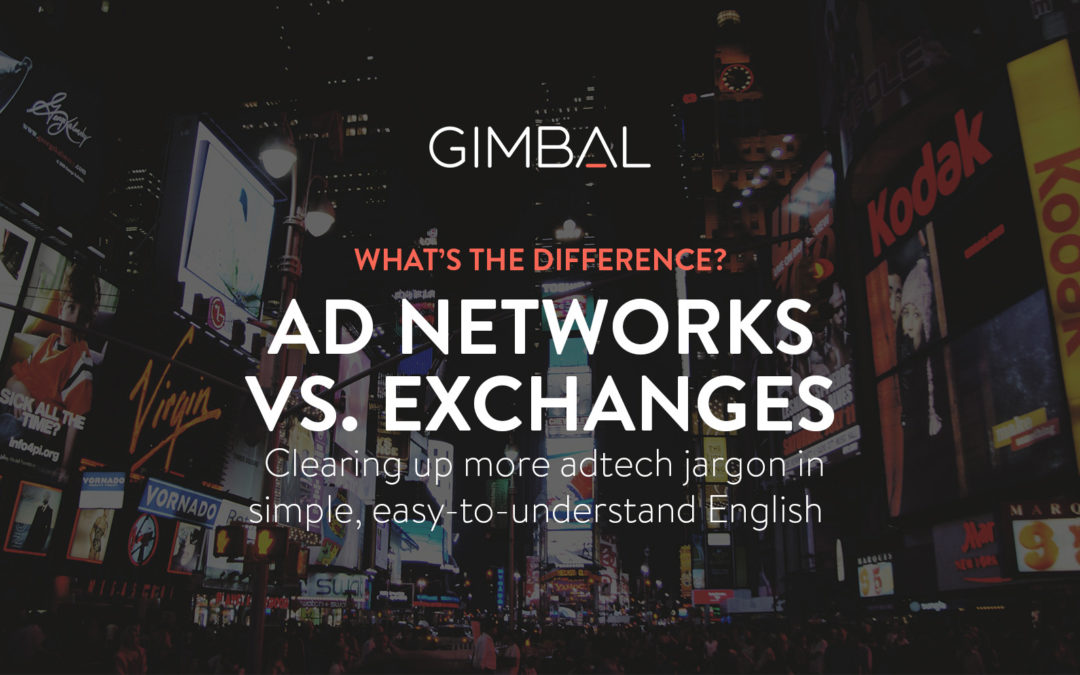If you were to look up the definition of an ad network and compare it to that of an ad exchange, you might think they were the same thing.
Dammit. Two things that do the exact same stuff. Not again.
Yep. Unfortunately, the ad tech industry has a baffling volume of companies/technologies/entities/whatever that all seem to be stepping on each other’s toes and performing suspiciously similar roles.
This can be really frustrating if you’re trying to get a handle on all the moving parts.
However, in the case of the ad network vs. the ad exchange, there are some important differences to learn that might be able to help you out.
We’ll first start with a couple of distinct-as-possible definitions for clarity, and then end with a brief discussion of the similarities and differences.
Ad Networks
Ad networks formed in response to the explosion of publisher inventory during the Internet revolution.
In short, ad networks collect inventory from a range of publisher sites and sell it to advertisers at a price.
Advertisers generally don’t have time to sort through all the available inventory out there. Ad networks will do this for them, and present advertisers with select groupings of inventory that have been curated according to specific parameters the ad network chooses (or chooses on behalf of the advertiser).
Some ad networks offer specific audience segments (i.e. demographics, interests, behavior, etc.), while others will focus on pricing or scale.
Ad Exchanges
Ad exchanges are technology platforms that position ad inventory in an open digital marketplace for advertisers to peruse at their leisure.
Ad exchanges enable advertisers to gauge prices for ad impressions across multiple sites and purchase those that are most cost-effective.
Because ad exchanges integrate with other tools, such as a DSP, much of this ad buying is done instantaneously by automated computers. In this way, ad exchanges can provide transparency without sacrificing efficiency.
Ad Networks vs. Ad Exchanges
The most common metaphor used to compare ad networks to ad exchanges is the stock exchange, and I think it serves the purpose well.
In that scenario, ad networks are the private actors – or stock brokers – who offer select groupings of ad inventory that will satisfy a specific need. In contrast, ad exchanges act like the stock exchange itself, facilitating the buying and selling of inventory in an automated fashion on an open market.
TL;DR – A Recap
- Ad networks offer specificity. Ad exchanges offer variety.
- Ad networks are companies. Ad exchanges are technology platforms.
- Ad networks keep pricing static. Ad exchanges base pricing on auctions.
- Ad networks take time to optimize campaigns. Ad exchanges allow campaign optimization on the fly.

